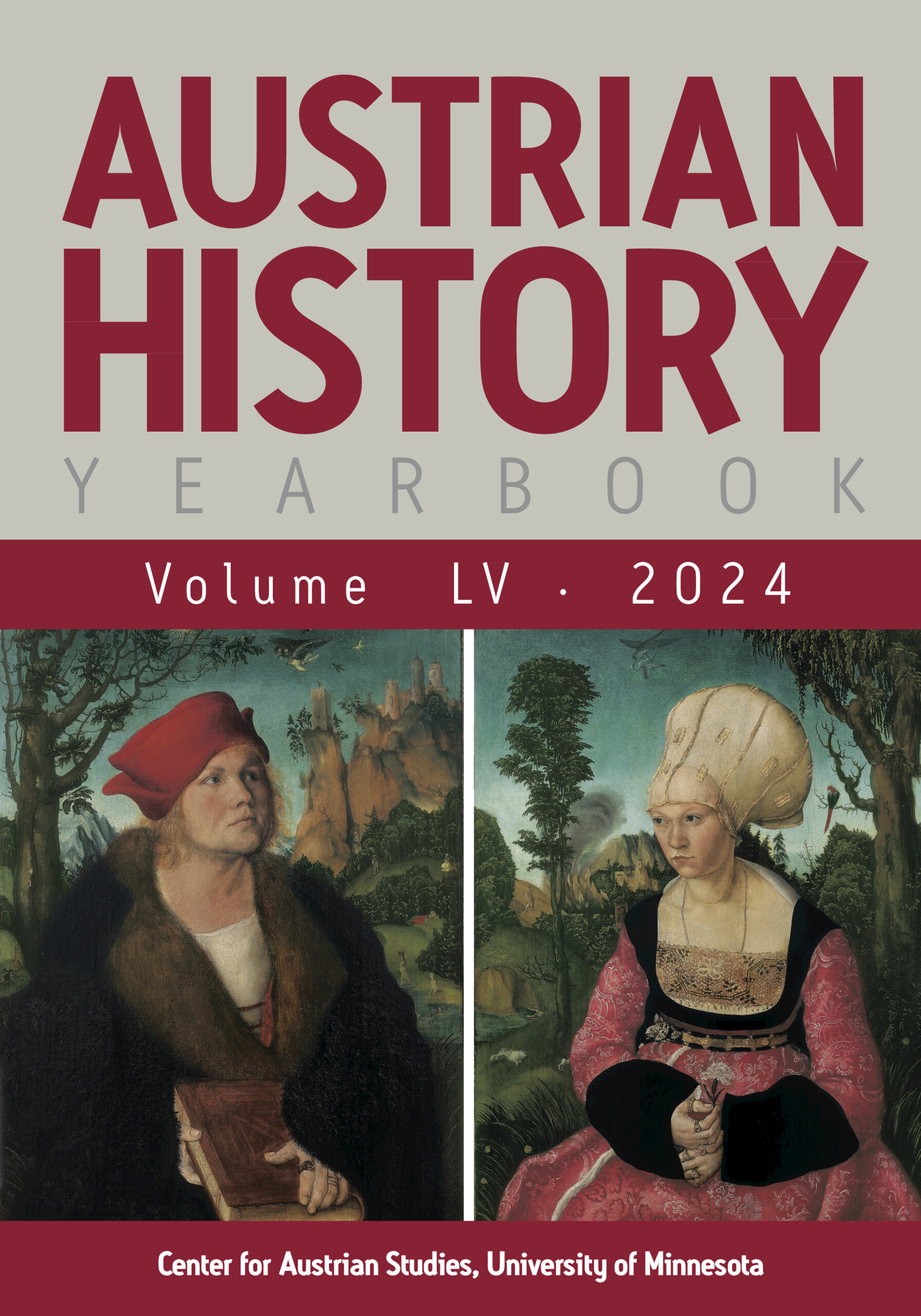The cultural history of the Habsburg Empire has for decades represented an appealing topic for a number of scholars, both (and in the first place) those coming from the countries formed after its dissolution and other international researchers. In their attempts to deal with topics that pertain to the entire imperial territory, they all face a major issue: the linguistic diversity of the area. This is most likely the reason why The Museum Age in Austria-Hungary has three authors who are proficient across several languages spoken in former Austria-Hungary.
The book deals with the period ranging from the late eighteenth century to 1918. It begins with the opening to the public of Habsburg collections in Vienna, when the first associations—mostly aristocratic in nature—were formed to protect art and create museum and gallery collections and the first public museums (such as the Hungarian National Museum in Budapest) were founded. Special attention has been paid to the period after the 1867 Austro-Hungarian Settlement, which saw the construction of numerous museum buildings throughout the empire, the publication of new and more detailed catalogues and museum journals, and significant investments in the acquisition of artwork.
Although the title suggests a comprehensive insight into museum history in Austria-Hungary, several important museums, such as the Museo Revoltella in Trieste or the Joanneum in Graz are merely mentioned, whereas the museum history in what was probably the most exotic province of the empire, Bosnia and Herzegovina, has been left unexamined. However, due to the size of the empire and the number of art museums and galleries, it is to be expected that some of the territories and institutions are not covered by the book. The emphasis is placed on museums in the main imperial centers—Vienna and Budapest—and in other larger cities (which were important national centers and/or provincial capitals), such as Cracow, Lemberg, and Zagreb. The authors focus their research attention especially on the Kunsthistorisches Museum in Vienna, the Hungarian National Museum and the Museum of Fine Arts in Budapest, the Picture Gallery of the Society of Patriotic Friends of Art and City Museum in Prague, the National Museum and Czartoryski Museum in Cracow, and the Strossmayer Gallery of Old Masters in Zagreb.
The individual contribution of each author is clearly visible. Each of them wrote two chapters while the introduction and epilogue were written by Matthew Rampley. The book opens with basic information on the history of the most significant museums—their patrons, private collectors, and their relationships with the imperial and local authorities. Special emphasis is given to the position of the museums in the urban fabric and the efforts to transform each city with new museum buildings into a cultural capital. The architectural designs of those buildings specifically built for museums are analyzed from the point of view of style, while the sculptural decorations and paintings on the facades and in the interiors are examined based on their iconographic program.
Also analyzed are spatial layouts and the correspondence of the exhibition halls’ decorations with the displayed artifacts, the furnishings of the museums and galleries, and the styles of picture framing. Additionally, authors touch on the permanent exhibitions in trying to determine to what degree national ideologies and aesthetics played a role in their concepts. Furthermore, they explore the number and profiles of museum visitors and a gradual modernization, or “cleansing” of the galleries from a huge number of works that used to hang on the walls before the end of the nineteenth century. Finally, the authors examine gender issues, showing that, although throughout the nineteenth-century museums were places dominated by men, in the early twentieth century, specifically from 1913, the first females were employed as curators at the Museum of Fine Arts in Budapest and at the Museum for Carniola in Ljubljana.
The history of the museum in Austria-Hungary is contextualized within the history of museums in other European countries, primarily France and the German empire. The numerous particularities of the Austro-Hungarian museums, it is explained, stem from the complex political structure of the country and the fact that it was an extremely diverse area in which multiple nations established institutions to gain visibility in society. At the same time, the authors emphasize that not everything should be interpreted through the point of view of national policies. Although the museums were regularly products of national ambitions, there was at the same time a distinct sort of loyalty to the ruling House of Habsburg, and the connections established by the museum staff largely transcended narrow national and ethnic borders. The text of this monograph, therefore, clearly shows how the history of art actually became internationalized in the age of nationalism.
It can be concluded that, considering the breadth of the subject, this monograph not only represents an important contribution to the history of museums in the Habsburg Empire but also a contribution to the history of the Viennese school of art history, one of the starting points of the history of art as a profession. As such, it will undoubtedly serve numerous researchers as a starting point for further investigations.



